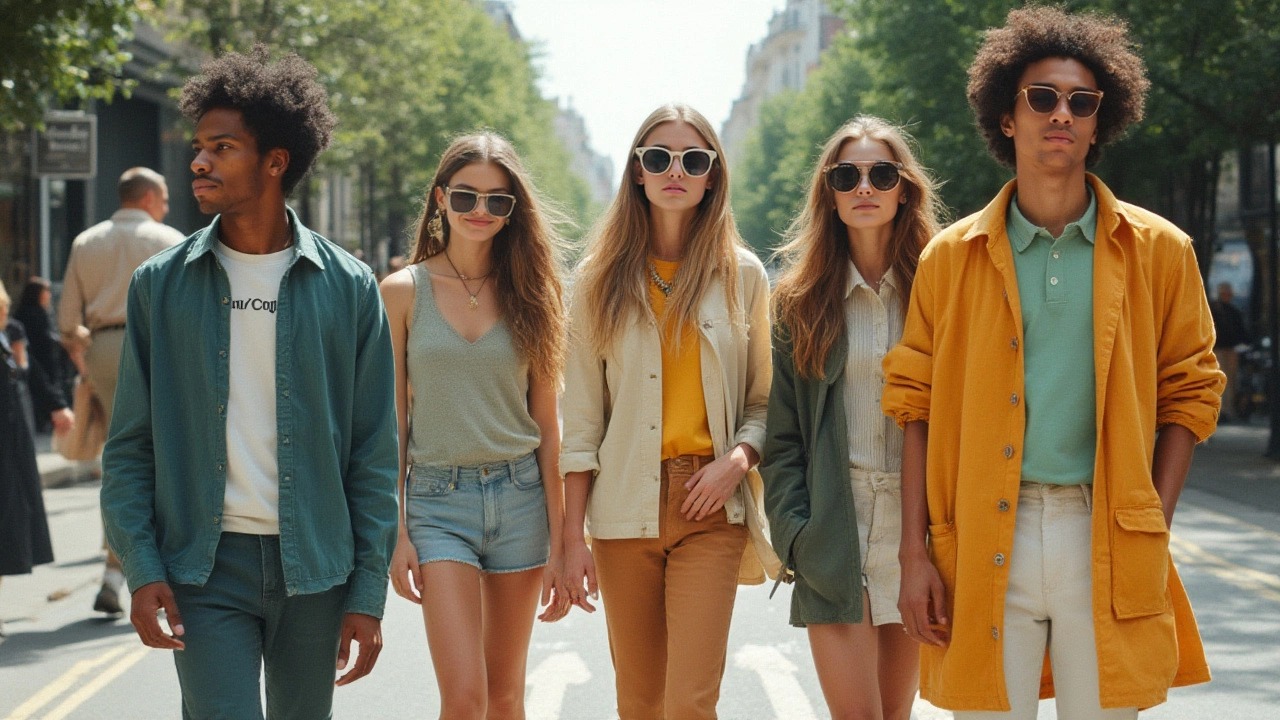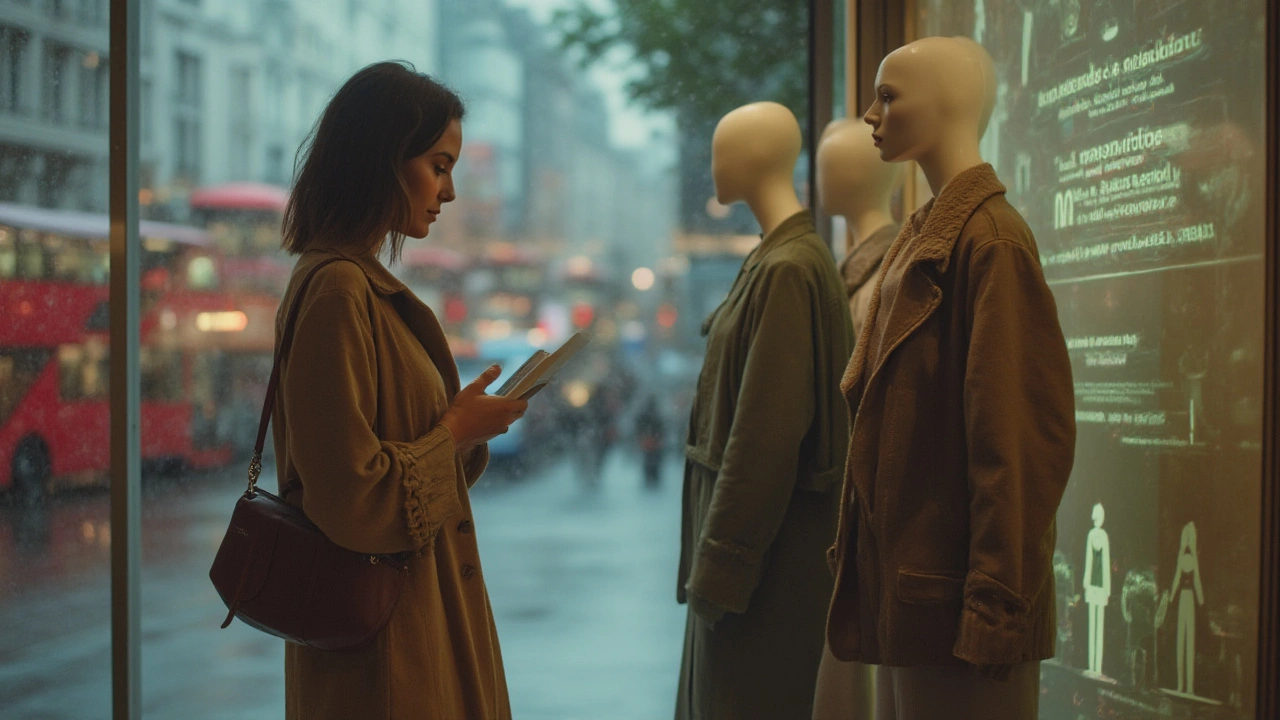Ethical Fashion: Your Guide to Sustainable Style
Thinking about buying clothes that feel right for the planet and the people who make them? Ethical fashion is all about choosing pieces that respect workers, use kinder materials, and leave a smaller environmental footprint. It doesn’t mean you have to ditch your favorite looks – it just means being a bit more selective and thoughtful.
How to Spot Truly Ethical Brands
The biggest trick is looking beyond the logo. Real ethical brands usually share clear info about where their factories are, what materials they use, and how they treat workers. Check for certifications like B Corp, GOTS (Global Organic Textile Standard), or Fair Trade. Those stamps aren’t just marketing fluff; they show the company has passed third‑party checks.
When you visit a brand’s website, look for a detailed sustainability page. If they list the exact origin of cotton or the percentage of recycled fibers, that’s a good sign. Brands that hide this info or only talk about vague “green” goals often aren’t as transparent as they claim.
Simple Steps to Build an Eco‑Friendly Wardrobe
Start small. A capsule wardrobe of versatile pieces reduces the urge to buy on impulse. Pick timeless items – a plain white tee, sturdy denim, a classic blazer – and mix‑match them for many looks.
Secondhand shopping is a win‑win. Thrift stores, online resale apps, and garage sales give you unique styles while keeping garments out of landfills. You’ll often find high‑quality pieces at a fraction of the original price.
Choose natural, renewable fibers whenever possible. Organic cotton, linen, hemp, and Tencel need less water and chemicals than conventional materials. If you go for synthetics, look for recycled polyester made from plastic bottles.
Take care of what you own. Wash clothes in cold water, line‑dry when you can, and avoid over‑drying. Proper care extends the life of each item, meaning you buy less over time.
Learn basic mending. A quick stitch on a loose seam or a new button can save a favorite shirt from the trash. You don’t need to be a sewing pro – a simple kit and a YouTube tutorial are enough.
Rent for special occasions. Dressy events often call for outfits you’ll wear once. Renting lets you look great without adding to the clutter of rarely used clothes.
Support local makers and small brands. They usually produce in smaller batches, which reduces waste and often means better working conditions. Plus, you get something truly unique.
Finally, pause before every purchase. Ask yourself: Do I really need this? Can I borrow it? Is there a more sustainable version? That quick mental check keeps mindless spending in check.
Ethical fashion isn’t a strict rulebook – it’s a series of small habits that add up. By swapping a few fast‑fashion pieces for better options, you’ll feel good about your style and the impact it makes. Give one of these tips a try today and watch your wardrobe become both greener and more personal.

